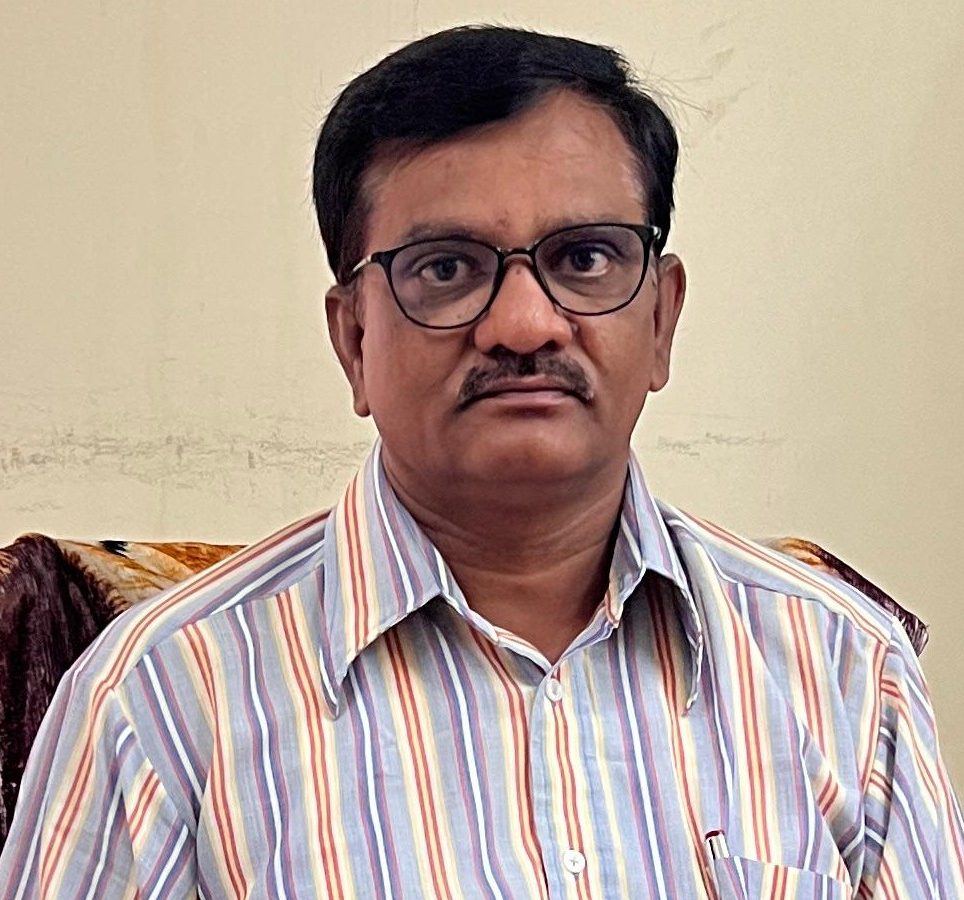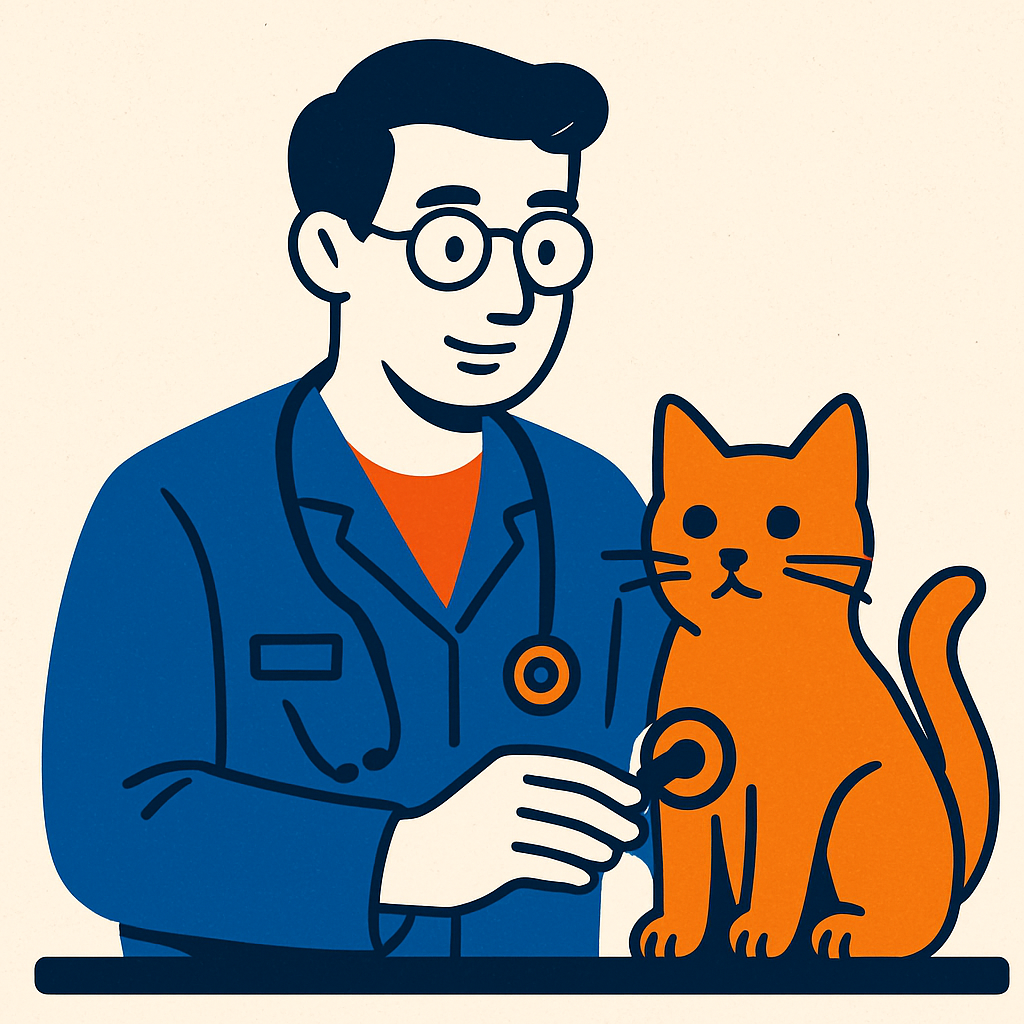
Livestock Research Station, Mamnoor, Warangal
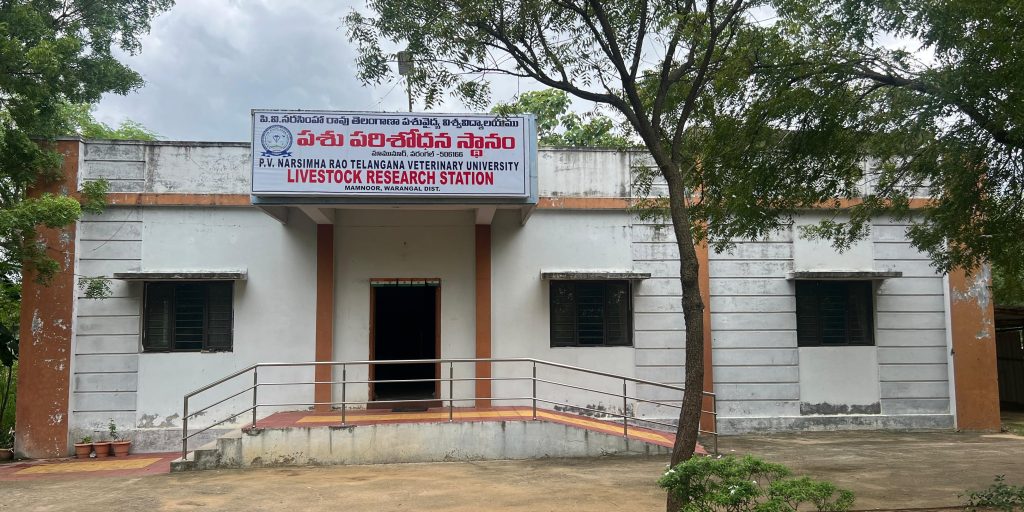
The Livestock Research Station at Mamnoor, Warangal, boasts a rich legacy spanning over six decades. It was originally established in 1961 at Khanapur of Warangal district as the Government Livestock Farm under the State Animal Husbandry Department with a primary focus on the development of Murrah buffaloes.
A pivotal moment in its journey came in 2009 when the farm was transferred to Sri Venkateswara Veterinary University (SVVU)headquartered in Tirupati, officially bringing it under the university’s administration. Following the bifurcation of Andhra Pradesh state in 2014, the facility was handed over to the newly formed P. V. Narsimha Rao Telangana Veterinary University (PVNRTVU), aligning it with the state of Telangana.
Today, the Livestock Research Station stands as a cornerstone of livestock research and development. It is home to around 130 graded Murrah buffaloes, 450 Nellore brown sheep, various breeds/varieties of backyard poultry (under AICRP on Poultry breeding & National livestock Mission), and a dedicated fodder production unit. The station plays a crucial role in supporting the farming community by providing high-quality germplasm and conducting continuous capacity-building programs, reinforcing its mission to enhance livestock productivity and rural livelihoods. Its core mission centers on the development of dairy, sheep, and fodder production units, while poultry initiatives are implemented through externally funded projects.
Mandate:
- Breeding and supplying high-quality Murrah young bulls to farmers in non-artificial insemination (AI) areas and government agencies to enhance dairy productivity.
- Production and distribution of superior Nellore Brown breeding rams and ram lambs to shepherds, aimed at upgrading and improving the genetic quality of local sheep populations.
- Supplying high-yielding fodder varieties such as APBN-1, Co-4 and Super napier to farmers, contributing to better livestock nutrition and overall productivity.
- Conducting specialized training programs for farmers on modern and scientific practices in dairy and sheep farming to boost efficiency, profitability, and animal welfare.
Livestock/Fodder Units:
Dairy Unit: The unit with a total of 130 buffaloes maintains around 50 breedable she-buffaloes, each producing over 2,000 liters per lactation. Artificial Insemination is routinely practiced using elite bull semen sourced from premier institutions like NDDB, BAIF or CIRB. Young Murrah bulls born on the farm are supplied to semen production centre or provided to progressive farmers, thereby supporting breed improvement efforts at the grassroot level.
Sheep Unit: The sheep unit with around 450 Nellore brown sheep follows a focused selective breeding program involving approximately 300 breeding ewes, each weighing no less than 30 kg. The breeding rams used are carefully chosen for their superior genetic potential, exhibiting at least 20% higher body weight compared to typical farmer flocks. Designated mating is practiced annually using 10 to 12 high-quality sires, maintaining an optimal male-to-female ratio of 1:25. Selection of offsprings is rigorous and performance-based. The top 25% of ram lambs are initially selected at weaning (3 months) based on body weights, followed by progressive evaluation at 6 and 9 months of age. The best-performing 5% of ram lambs are retained as elite future breeding stock, while the remaining quality-assured ram lambs are made available to farmers and breeders at a nominal cost, thereby contributing to the genetic improvement of local flocks.
Fodder Unit: The farm has a total cultivable land of 60.20 acres of which 44.10 acres has irrigation facility and 16.10 acres is under rainfed, in addition to 5 acres of Horticulture, 50 acres of Heteropogan grass and a grazing land of 250 acres during flush season. Under the cultivable land the farm is raising perennial varieties of APBN-1, Co-4, Super napier and Hedge Lucerne. Along with annual varieties such as SSG, sweet potato and cow pea. Further, to tide over the lean season the green fodder produced is ensiled to a tonnage of 100 MT annually, in addition to hay making using Heteropogan grass.
Accomplishments:
Research.
- Since inception, nearly 165 elite Murrah bulls have been supplied to farmers, NGOs, and other stakeholders to enhance the genetic potential of buffalo herds through selective breeding.
- A total of 6,022 breeding rams—both adult and young—have been distributed among local shepherds, significantly contributing to the genetic improvement of regional sheep populations.
- Under the Rashtriya Krishi Vikas Yojana (RKVY) project focused on sheep development, 62 breeding and young rams were provided to beneficiaries for flock enhancement.
- Approximately 647 lakh fodder slips of high-yielding varieties such as APBN-1, Co-4, and Super Napier were distributed to farmers, promoting fodder cultivation and sustainable livestock feeding practices.
- In alignment with the project’s mandate under All India Coordinated Research Project on Poultry Breeding (AICRP), various native and improved breeds of backyard poultry have been maintained and promoted to support rural livelihoods and nutritional security through poultry-based interventions.
- To date, around 2,41,535 backyard poultry germplasm units—including day-old chicks, 6-week-old chicks, and fertile eggs—have been supplied to farmers, facilitating the widespread adoption of backyard poultry farming.
- Under the National Livestock Mission (NLM), efforts to popularize Rajasri—a native backyard poultry germplasm— have been actively pursued, with the supply of 14,000 germplasm to farmers, fostering genetic conservation and rural poultry development.
- Under the Tribal Sub Plan, approximately 20,236 Rajasri backyard poultry birds were distributed over a period of three years to tribal farmers residing in the ITDA regions of Mulugu and Eturunagaram districts in Northern Telangana. This initiative benefitted around 1,057 tribal farmers across 11 villages, significantly enhancing their livelihood opportunities, nutritional security, and rural poultry development.
Extension.
- The farm serves as a hub for knowledge dissemination and capacity building, offering farm visits, interactive on-site discussions and hands-on training sessions for dairy, sheep and poultry farmers, aspiring entrepreneurs and public representatives. These programs are often conducted in collaboration with various state departments and allied agencies like KVK’s, ensuring a multi-disciplinary approach to livestock development.
- Additionally, the farm organizes awareness seminars and educational sessions for school children, aiming to spark early interest in livestock farming and nurture the next generation of agri-entrepreneurs by exposing them to the opportunities and innovations within the animal husbandry sector.
Special Achievement.
- Honoured with the prestigious National Kamdhenu Award (First Position) for South India in 2017 under the Rashtriya Gokul Mission (RGM), presented by the Government of India. The award was received by Prof. Ch. Harikrishna, Principal Scientist, LRS, Mamnoor which includes a citation, certificate, Memento and a cash prize of ₹5.00 lakh, was conferred on the occasion of World Milk Day i.e. 1stJune at New Delhi.
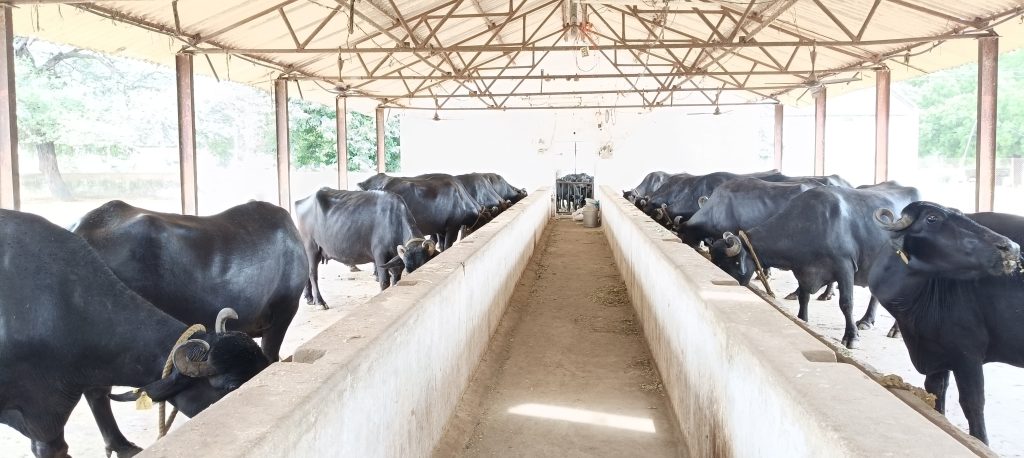
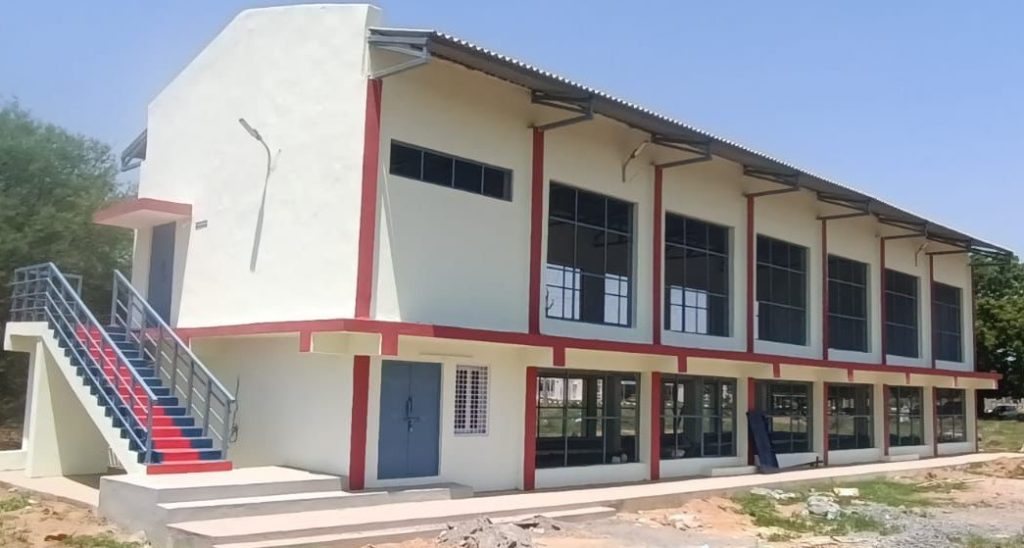
Senior Scientist-1
Scientist (LPM; Farm Manager)
Scientist (AGB)
Veterinary Assistant
AEO
Sr. Assistant
Jr. Assistant


